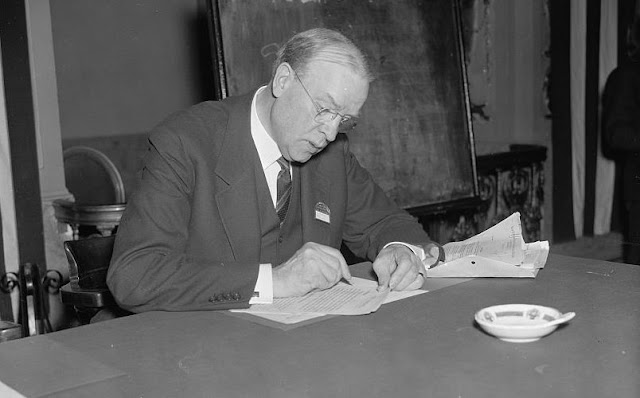Irish Immigrant Thomas White from Kilkenny Participated in the Boston Tea Party on December 16, 1773

Thomas White (1739-1820), a native of Kilkenny, Ireland who emigrated to the American colonies in 1760, was one of 100+ Boston Tea Party colonial raiders who boarded ships in the middle of the night and dumped tea into Boston Harbor. The incident became yet another flash point in the escalation of tensions between the colonialists and British that led to the American Revolution. According to Ancestry , White was born on March 19, 1739 in Kilkenny , County Kilkenny, and emigrated to Boston around 1760, at age 21. He moved down to Maryland around 1770 and married Elizabeth Jones in Philadelphia in 1871. By 1773 he was back in Boston and had joined one of the local militia groups. The Boston Tea Party, as it eventually came to be called, was led by the Sons of Liberty, a secret society of Bostonians who were frustrated by the increasing taxes being levied upon the 13 colonies by the British Government to pay for its wars. Disguised as Native Americ...




.png)










